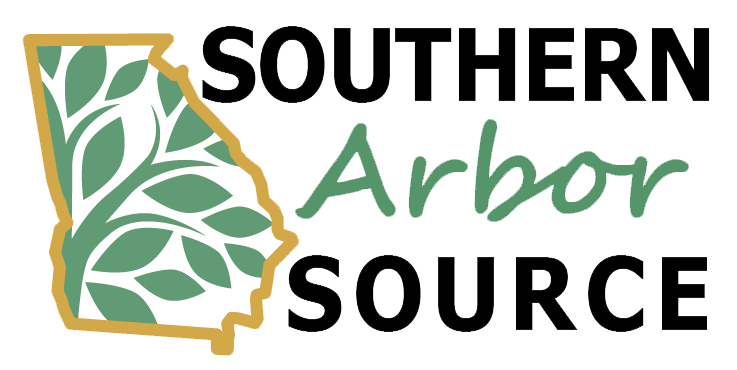Summer is a season of growth and vitality, not just for your garden plants but for your trees as well. However, with the increased growth comes the need for maintenance to ensure the health and beauty of your trees. One crucial aspect of tree care that often gets overlooked during the summer is pruning. Pruning your trees in the summer offers several benefits, not just for the aesthetics of your landscape but also for the overall health of your trees. Understanding the importance of tree care and knowing what a certified arborist can do for you is crucial as we head into the warmer months.
Why Summer Tree Care Matters
- Health and Growth: Summer is a critical period for tree growth. Proper care ensures trees develop strong branches and a healthy structure.
- Pest and Disease Control: Warm weather can lead to increased pest activity and the spread of diseases. Early intervention can prevent significant damage.
- Safety: Summer storms can cause weak or dead branches to fall, posing risks to people and property. Regular maintenance reduces these hazards.
- Aesthetic Appeal: Well-maintained trees enhance the beauty and value of properties, creating a pleasant environment.
Potential Dangers of Neglecting Tree Care
- Falling Branches: Dead or weakened branches can fall during storms or high winds, causing injury or property damage.
- Pest Infestations: Untreated pest problems can lead to tree decline and death, potentially affecting surrounding vegetation.
- Disease Spread: Infections can spread from one tree to another, threatening entire landscapes.
- Structural Weakness: Lack of proper pruning can result in poor tree structure, making trees more susceptible to storm damage.
How an Arborist Can Help
Engaging a professional arborist for summer tree care brings expertise and safety to the process. Here are some key services an arborist can provide:
- Pruning and Trimming: Arborists can expertly remove dead, damaged, or diseased branches, improving tree health and reducing the risk of falling limbs.
- Health Assessment: Arborists can evaluate the overall health of your trees, identifying signs of stress, pest infestations, or diseases early on.
- Safety Inspections: Arborists can inspect trees for structural weaknesses and provide recommendations for bracing or cabling if necessary.
- Emergency Services: In the event of storm damage, arborists can safely remove fallen branches and provide immediate care to damaged trees.
Tips for Homeowners
While professional arborist services are invaluable, there are also steps homeowners can take to support tree health:
- Regular Inspection: Regularly check your trees for signs of damage, disease, or pest activity.
- Proper Watering: Ensure trees receive deep, infrequent watering to encourage deep root growth.
- Mulching: Apply a layer of mulch around the base of trees to retain moisture and regulate soil temperature.
- Avoid Damage: Be cautious when mowing or using trimmers near trees to avoid damaging their bark.
